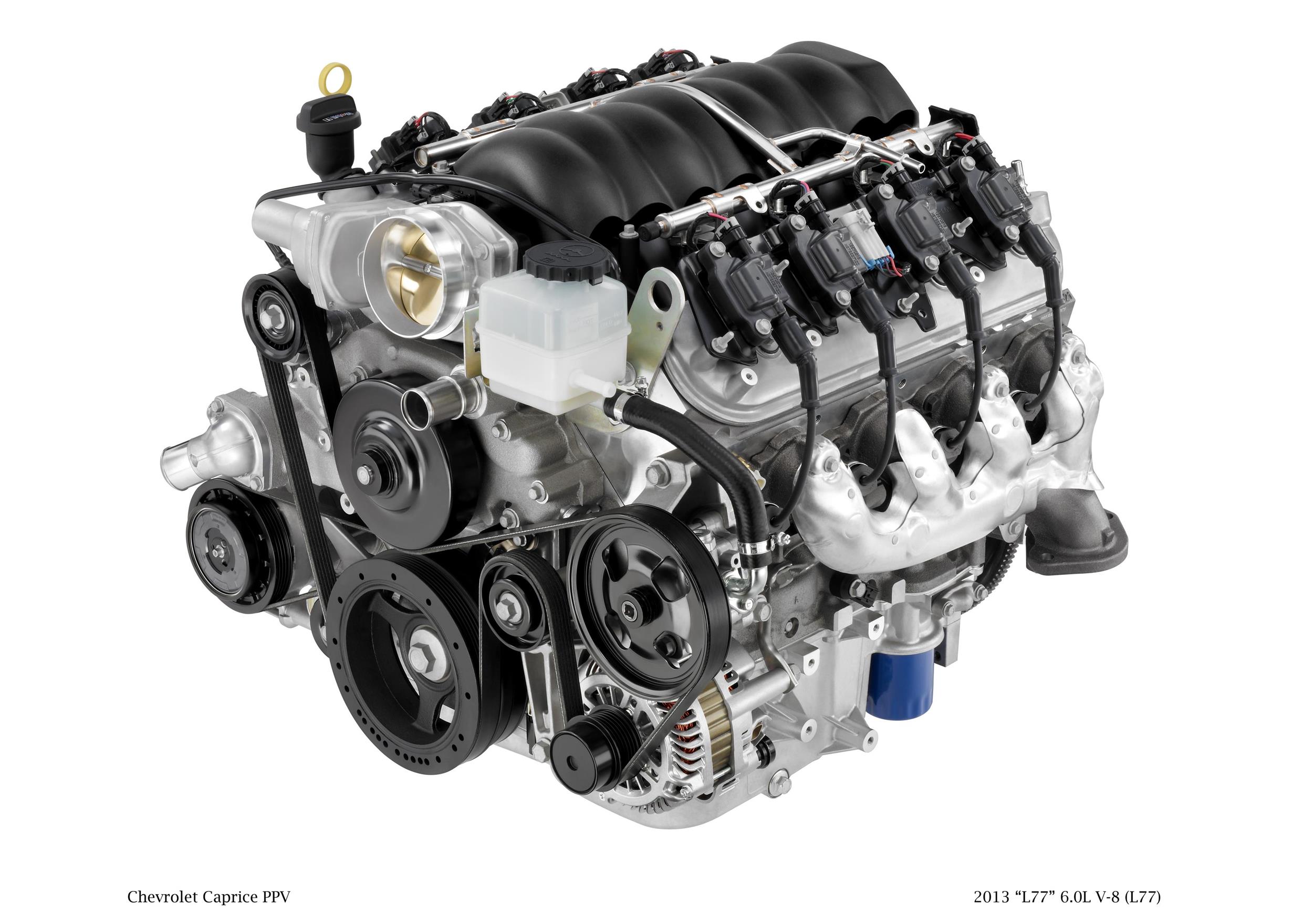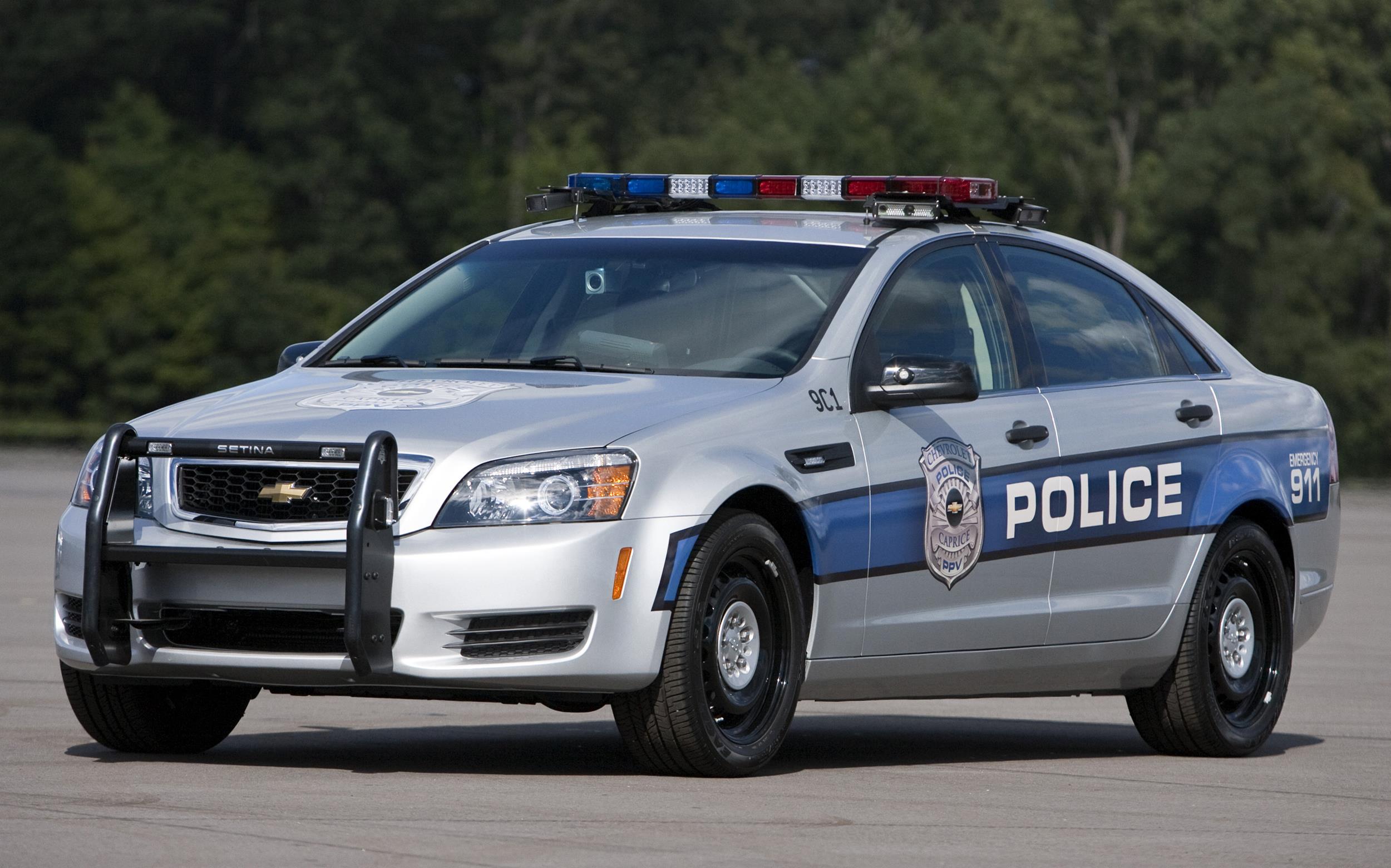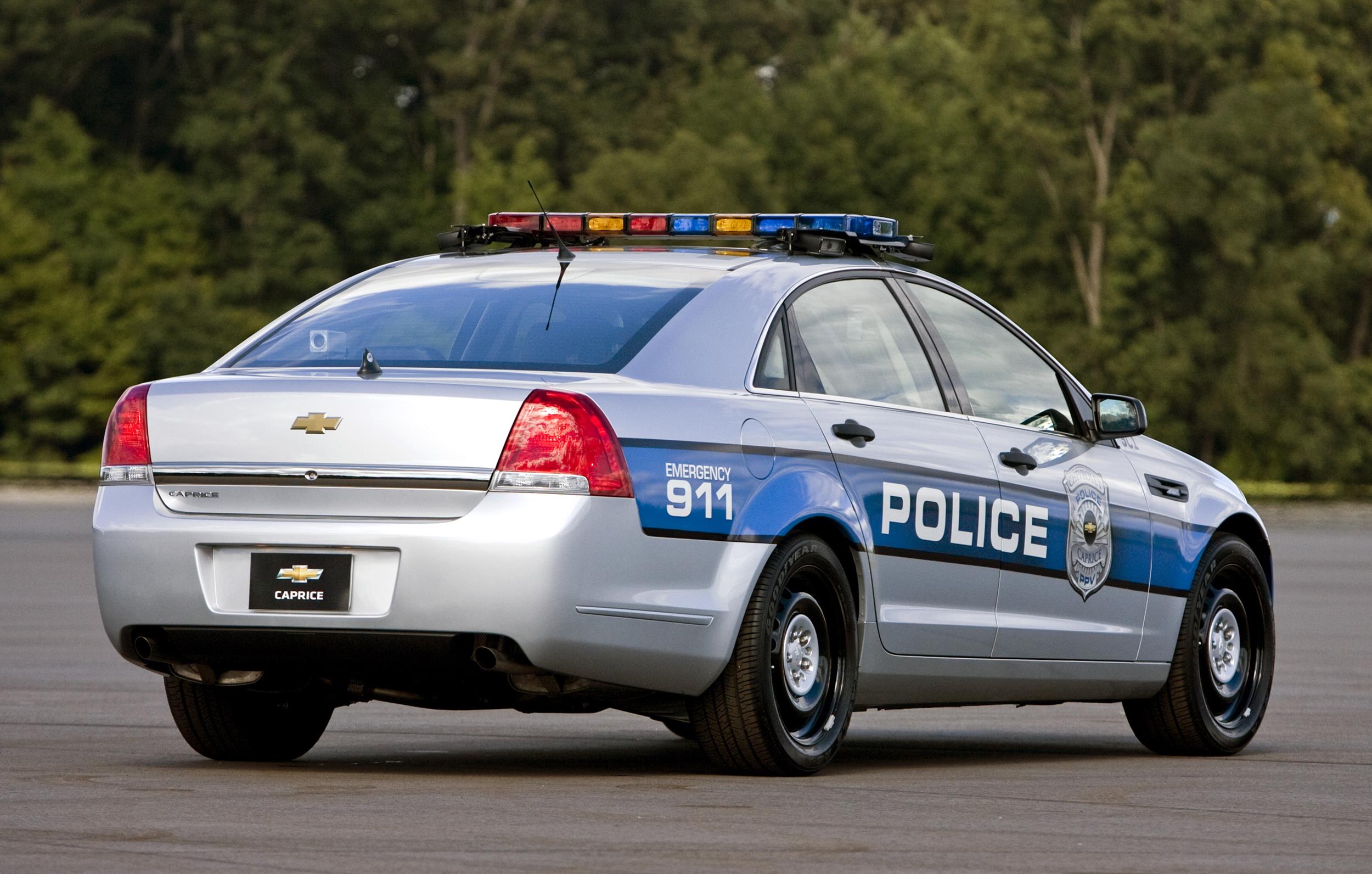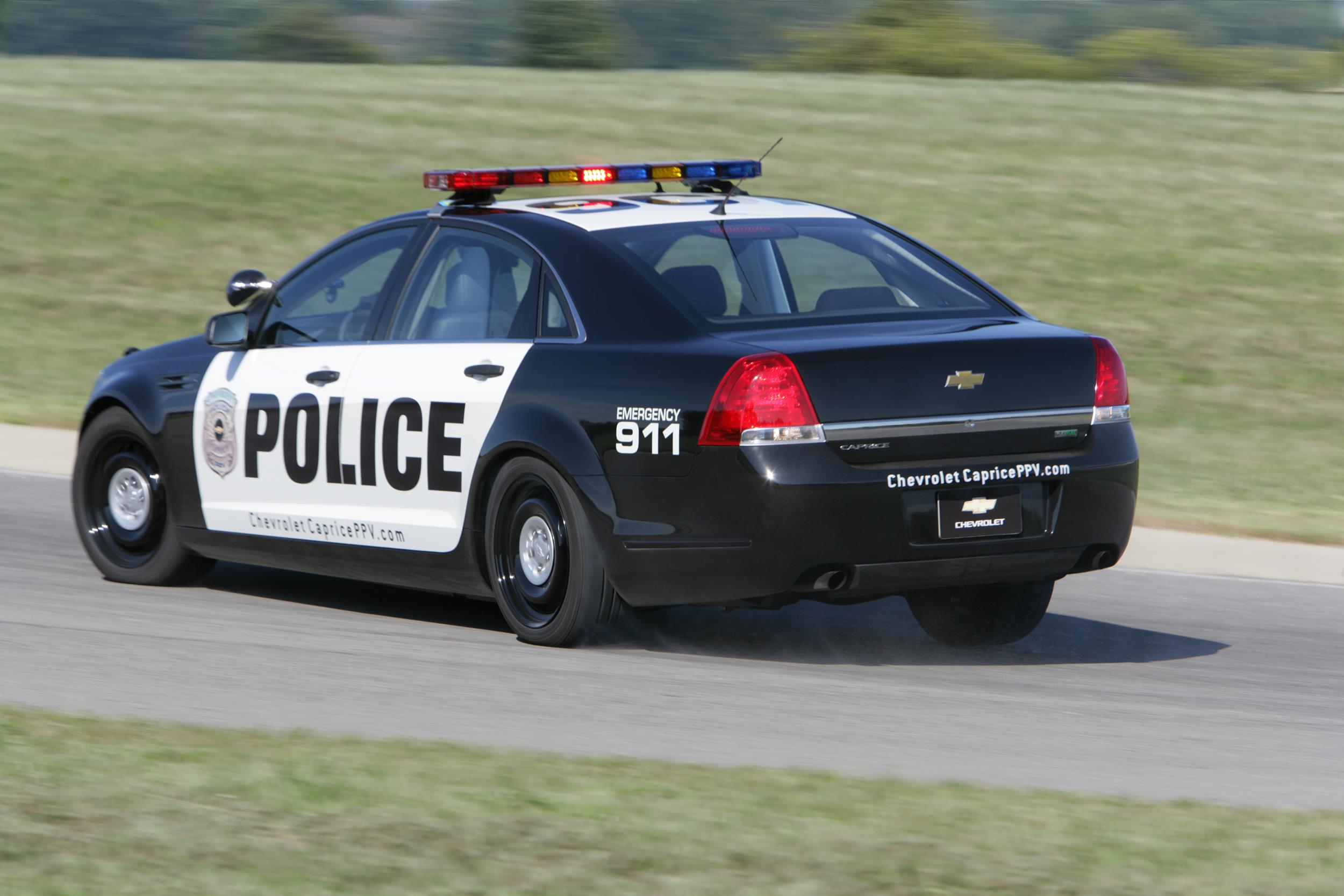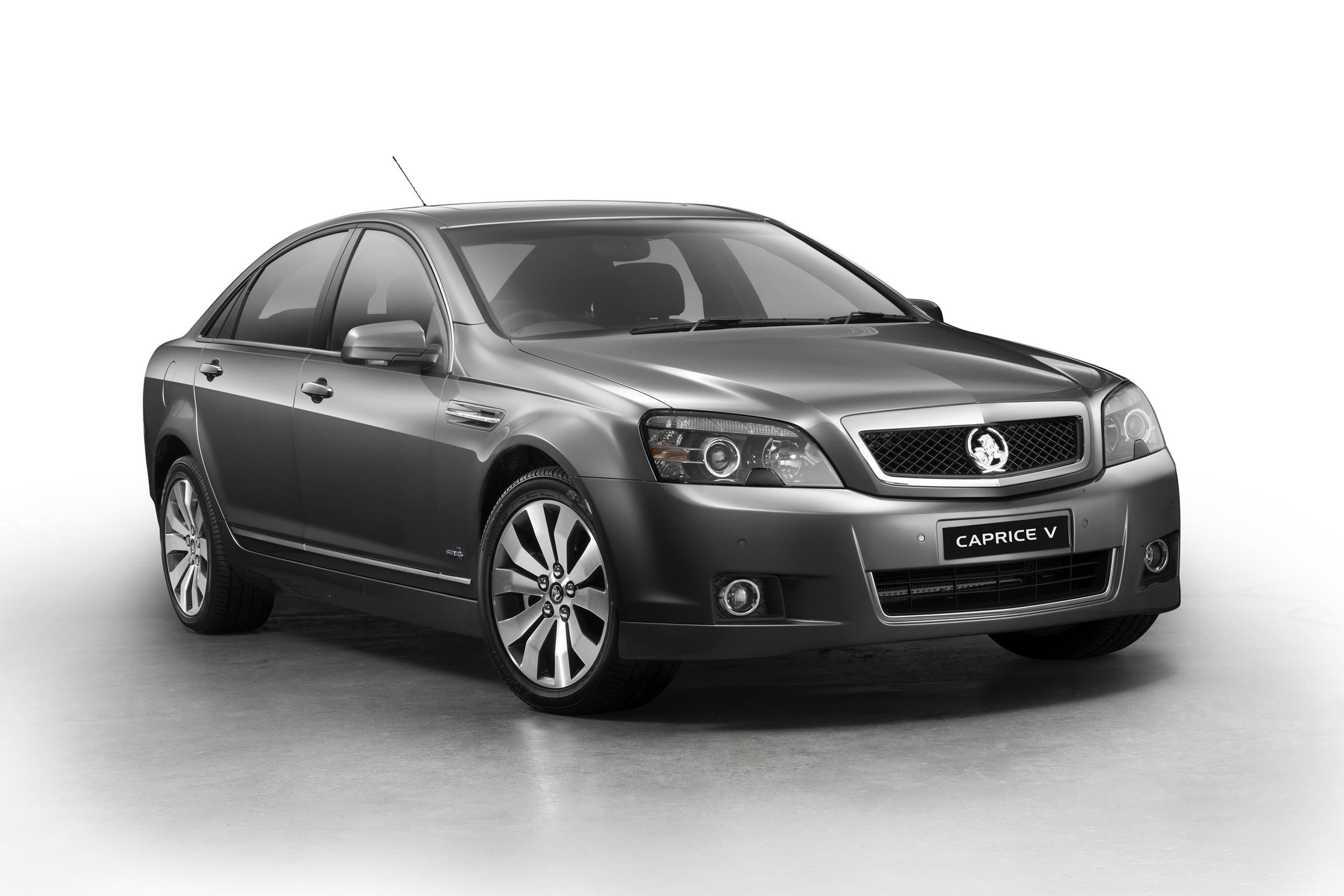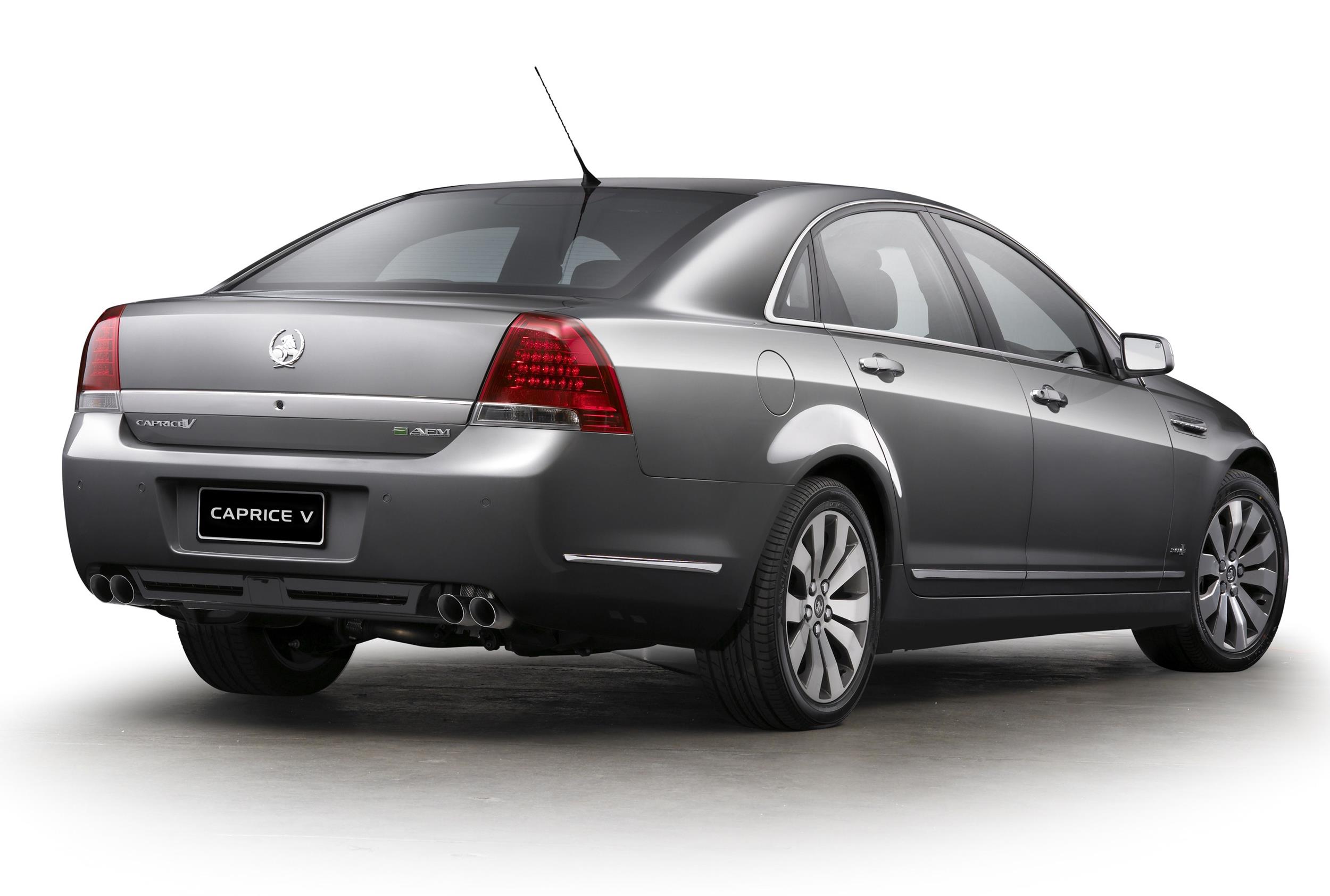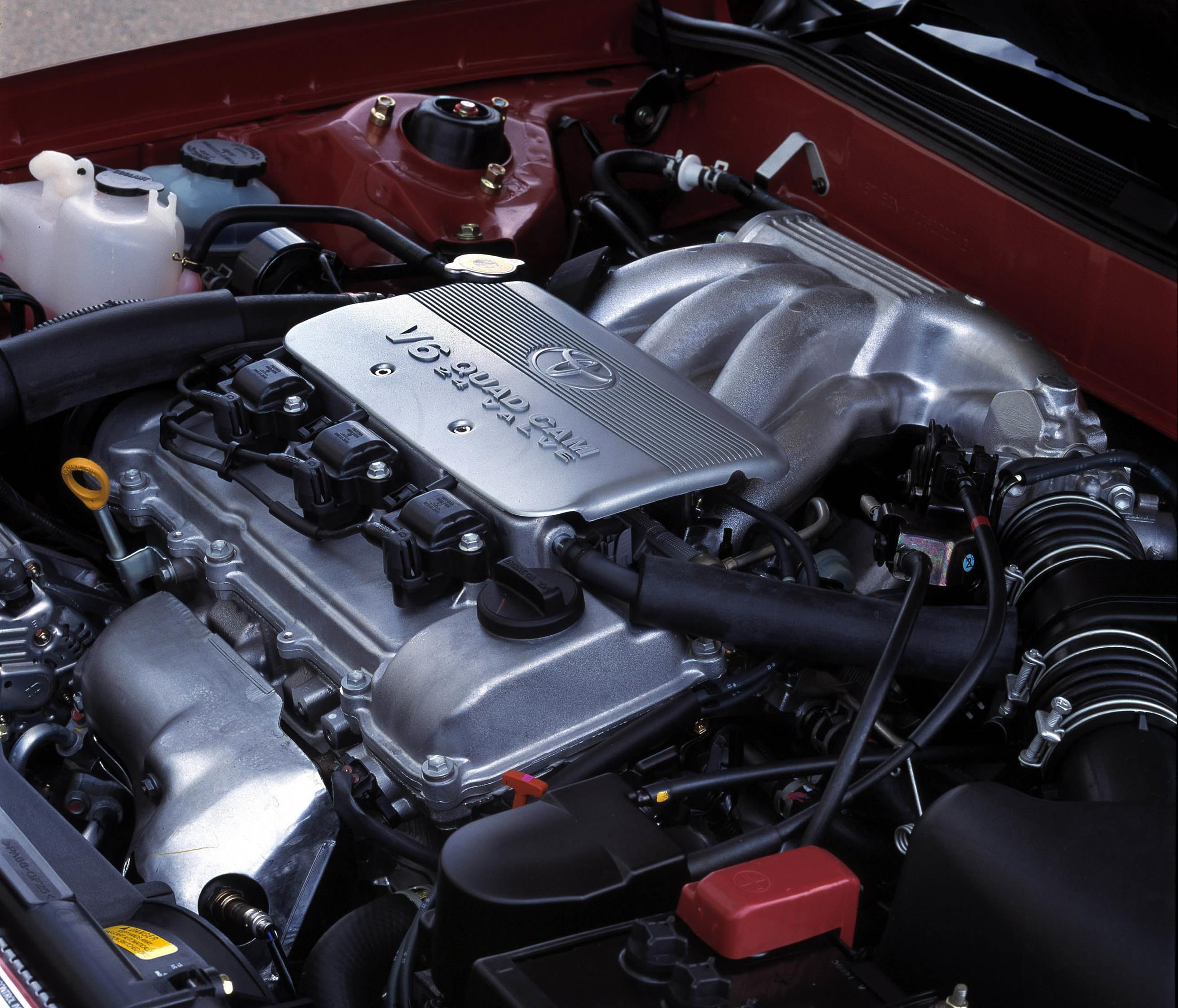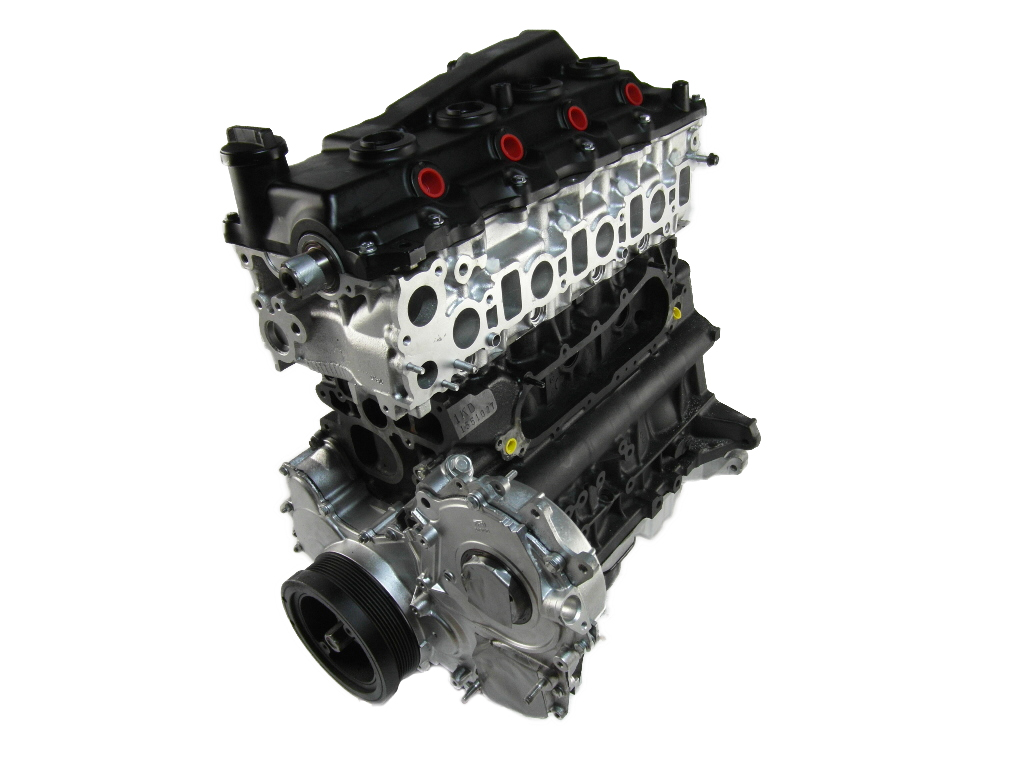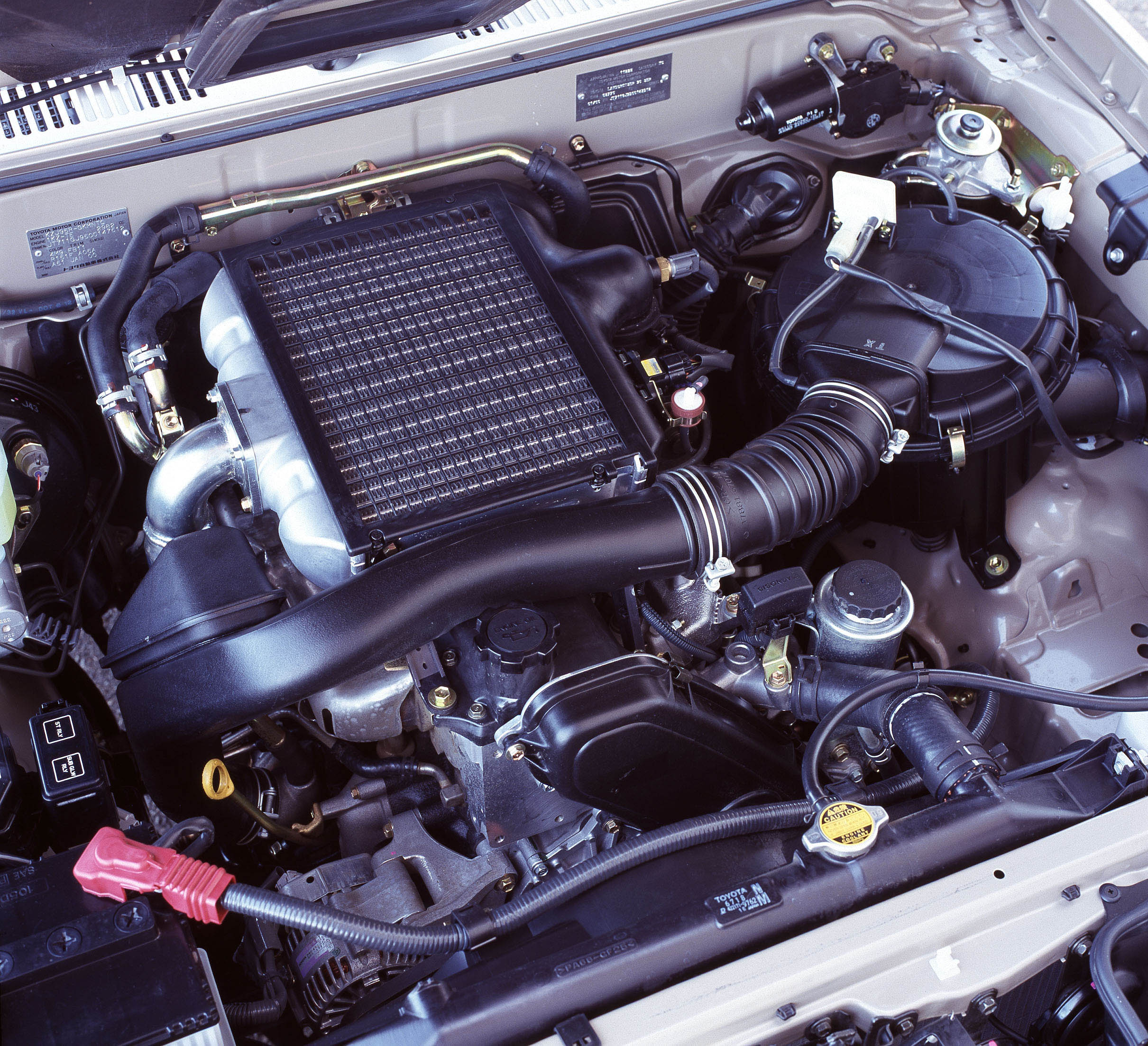Introduction
The L76 and L77 were 6.0-litre pushrod V8 petrol engines that were produced by General Motors at its Silao, Mexico, plant. The L76 engine had cylinder deactivation technology (GM’s Active Fuel Management’, or AFM), though the AFM system was not enabled when the L76 was first introduced in the Holden VZ and WL model ranges. In part, this was due to Holden’s VZ and WL being the first applications of the L76 worldwide and its use was necessary to comply with Euro III emissions standards. As such, the time and resources to develop the AFM system for local models was not available.
For the VE and WM model ranges, the L76 was replaced by the more powerful L98 engine for models with both automatic and manual transmissions. In January 2009, however, the L76 engine was used for models with automatic transmissions and the AFM system was enabled.
With the release of the VE.II and WM.II range in September 2010, the L76 and L98 were both replaced by the L77 engine which had E85 flex-fuel capability. For models with manual transmissions, however, the AFM system for the L77 engine was not enabled.
L76 V8 engine
L76 block
Based on the 6.0-litre LS2 engine which featured in HSV’s models, the 6.0-litre L76 replaced the 5.7-litre LS1. Like the LS1, the L76 engine had a deep-skirt, aluminium cylinder block that was cast from 319-T5 aluminium and contained gray-iron cylinder bore liners that were centrifugally-cast. Furthermore, a die-cast valley cover and upper deck rails connected the cylinder banks for greater rigidity.
Although the 92.0 mm stroke was unchanged, the L76 engine had 101.6 mm bores (compared to 99.0 mm for the LS1) which increased the engine’s capacity to 5967 cc.
L76 internals
Like the LS1, the L76 engine had:
- A nodular iron crankshaft that was held in place by five main bearings with six bolts per bearing cap (four vertical and two horizontal);
- Sintered, forged and cracked PF1159M steel connecting rods which had cracked’ big ends; and,
- Pistons made from cast eutectic aluminium.
For the L76, however, changes included flat-top pistons and a higher compression ratio of 10.4:1 (up from 10.1:1).
L76 cylinder head
In keeping with the engine’s greater capacity, the L76 engine had a high-flow cylinder heads; it continued to be produced from sand-cast aluminium.
L76 camshaft and valvetrain
Like the LS1, the L76 engine had a single, in-block camshaft that was produced from steel billet, was rifle-drilled and had induction-hardened lobes. For the L76, the camshaft sensor was repositioned.
The L76 engine continued with two stainless steel valves per cylinder (one intake and one exhaust) that were actuated by cast steel, needle bearing roller rocker arms which had a ratio of 1.7:1. For the L76 engine, changes included larger 55.0 mm intake valves and 40.4 mm exhaust valves, though hydraulic roller lifters continued to be used.
L76 lubrication
For the L76 engine, the oil pan was redesigned with cast baffling to reduce mass and improve oil control; the bat wings’ of the LS1 oil pan were also omitted. The L76 engine continued to use a gerotor oil pump, though special oil galleries were introduced for the AFM system.
L76 AFM system
The AFM system was active in Holden vehicles from January 2009. In certain conditions such as highway driving, AFM would automatically close the intake and exhaust valves in four of the engine’s eight cylinders – cylinders 1, 4 6 and 7 – while ensuring the engine maintained vehicle speed, effectively operating on four cylinders. The AFM system did not operate at idle.
When running with AFM, the engine’s electronic throttle control was used to increase cylinder pressure in V4 mode so that the engine provided sufficient torque. If the driver depressed the accelerator and four-cylinder operation could not provide sufficient power, fuel supply to the deactivated cylinders could be restored in less than 20 ms (the exact time depended on oil temperature).
L76 injection and ignition
Like its predecessor, the L76 engine had electronic, sequential port fuel injection (SFI) and each cylinder had its own injector to meter fuel. Furthermore, each cylinder had its own ignition coil, coil driver assembly and short plug wire that connected to the spark plug. The L76 engine, however, introduced more efficient ignition coils
The L76 engine had electronic throttle control and a larger, 90 mm single-blade throttle body. For the L76, the new E38 powertrain control module (PCM) included electronic throttle control functions, such that a separate module was no longer required; the PCM was also updated for the external knock sensors.
L77 V8 engine
L77 flex fuel capability
The L77 engine had flex-fuel capability whereby it could run on a mixture of petrol and ethanol up to E85 (i.e. 85 per cent ethanol and 15 per cent petrol). Bio-ethanol is derived from sorghum and by-products linked to the agricultural production of wheat and sugar. Although ethanol has a lower energy density than petrol, ethanol has a higher octane rating which enables it to provide greater performance.
L77 changes
Due to the properties of E85, the changes for the L77 engine included:
- hardened intake, exhaust and seat valves;
- a new fuel pump;
- a flex-fuel sensor to detect the ethanol level in the fuel line – this detection occurred after each re-fill and continuously while driving; and,
- Recalibration of the PCM.
L77 for manual transmissions
Models with the L77 engine and manual transmissions did not have an active AFM system and had a higher power output due to their different camshaft profile.
| RPO | Engine | Peak power | Peak torque | Models | Years |
|---|---|---|---|---|---|
| L76 | 6.0-litre petrol V8 | 260kW at 5600rpm | 510Nm at 4400rpm | VZ Commodore SV8, VZ Commodore SS, VZ Berlina, VZ Calais, VZ Ute SS, VZ Crewman SS and Cross 8, WL Statesman, WL Caprice |
2006-07 |
| 6.0-litre petrol V8 AFM | 260kW at 5700rpm | 517Nm at 4400rpm | VE.I Commodore SS, VE.I Calais, VE.I Sportwagon SS, VE.I Sportwagon Calais, VE.I Ute SS, WM.I Statesman, WM.I Caprice |
2009-10 | |
| L77 | 6.0-litre petrol/E85 V8 AFM | 260kW at 5700rpm | 517Nm at 4400rpm | VE.II Commodore SS, VE.II Calais, VE.II Sportwagon SS, VE.II Sportwagon Calais, VE.II Ute SS, WM.II Caprice |
2010-13 |
| VF Commodore SS, VF Calais, VF Sportwagon SS, VF Sportwagon Calais, VF Ute SS, WN Caprice |
2013-17 | ||||
| 6.0-litre petrol/E85 V8 (6sp man.) | 270kW at 5600rpm | 530Nm at 4400rpm | VE.II Commodore SS, VE.II Sportwagon SS, VE.II Ute SS |
2010-13 | |
| VF Commodore SS, VF Ute SS |
2013-15 |
